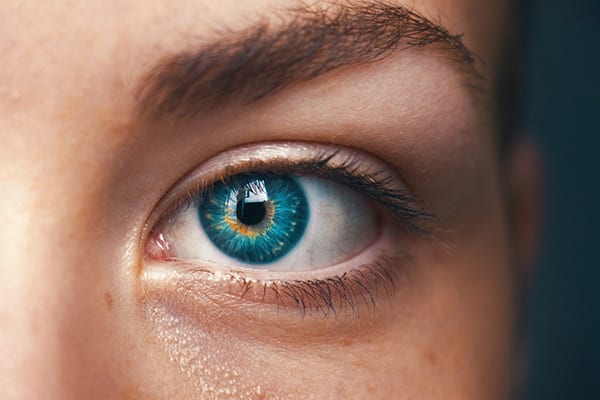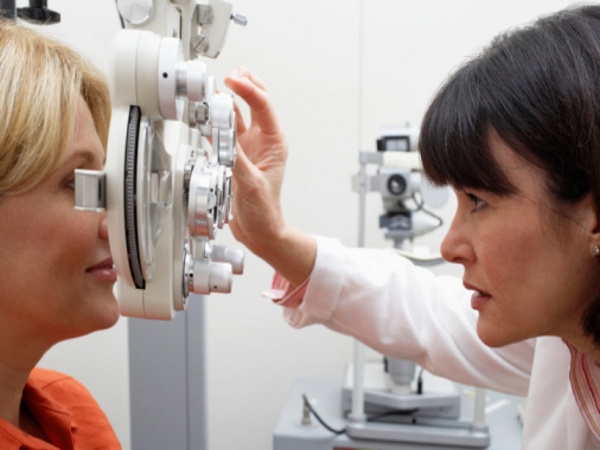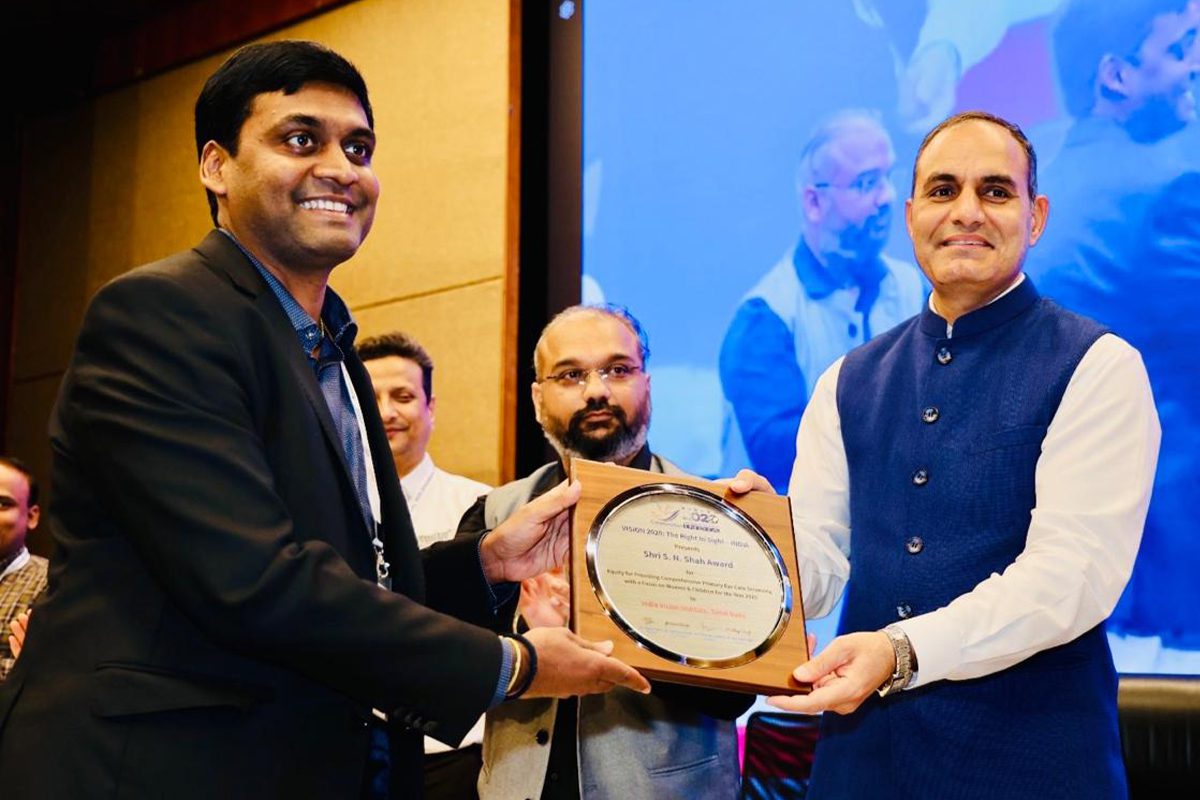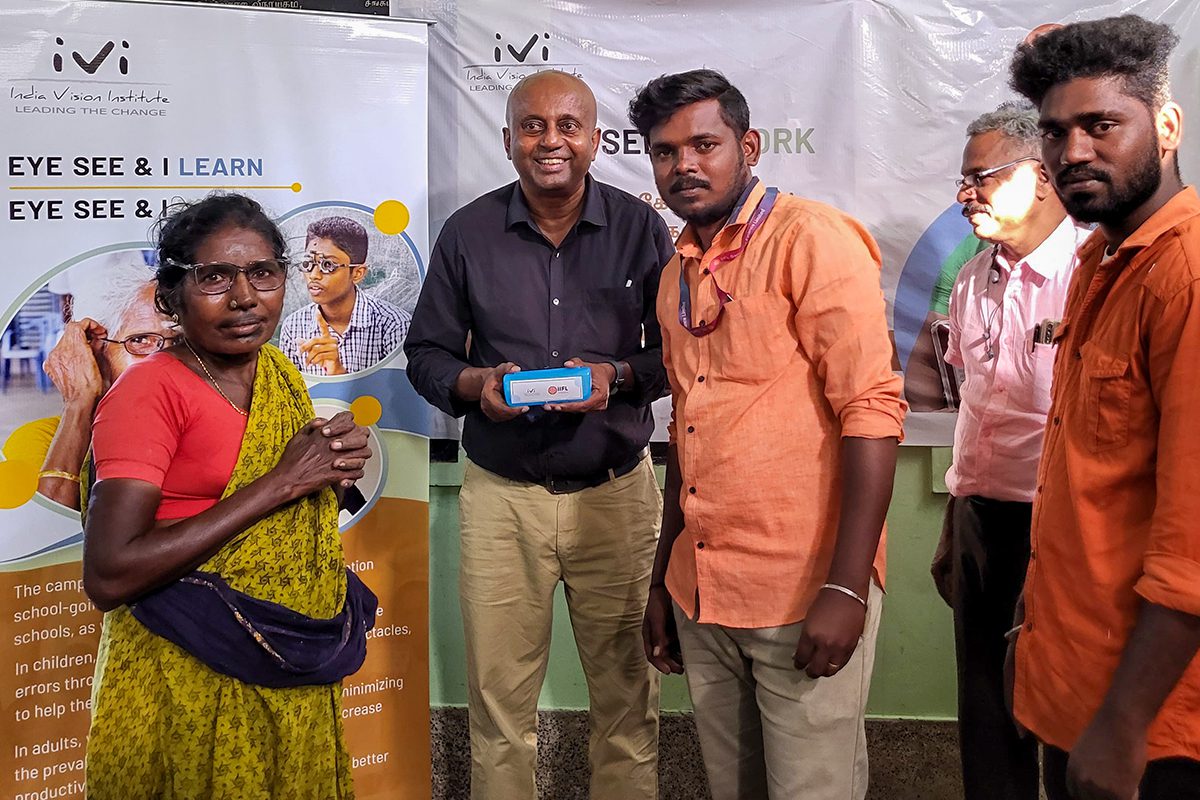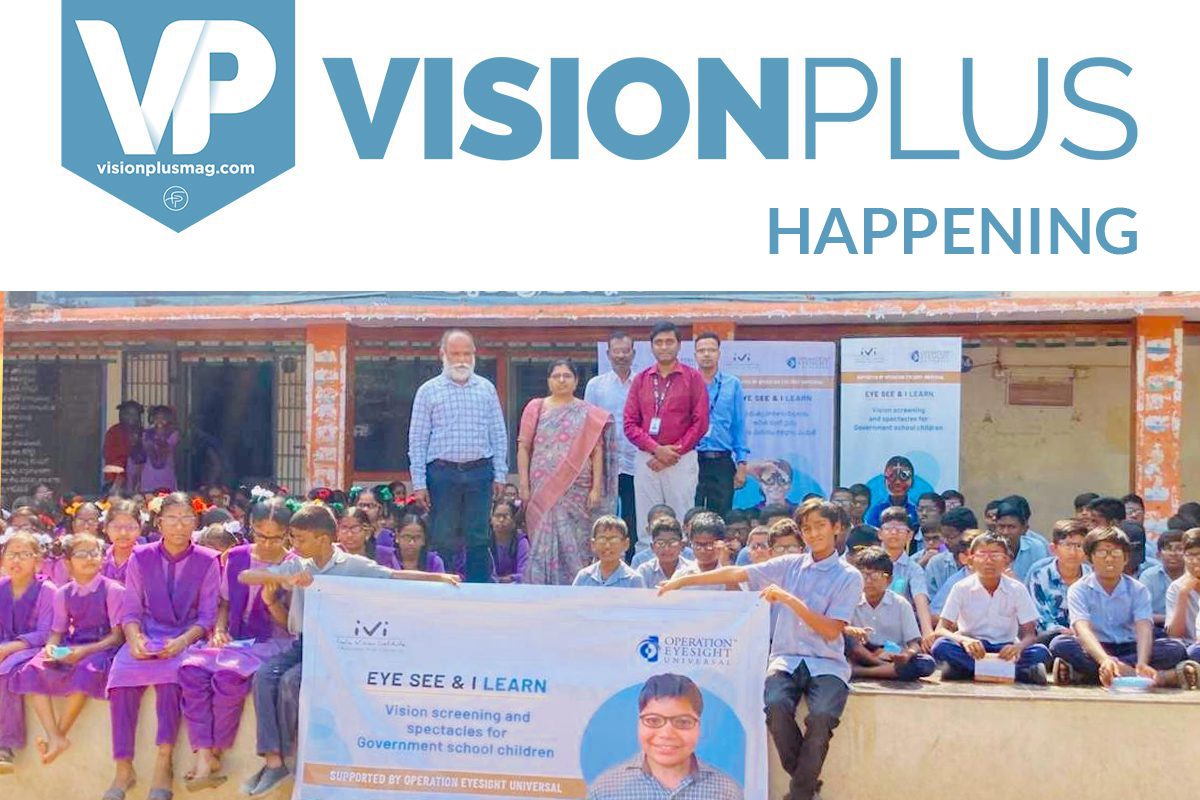Glaucoma is a group of disease and the most common cause of irreversible blindness worldwide. Unlike cataract, glaucoma remains a not-so-well-known word among the general public. WHO estimates that glaucoma blinds 4.5 million people worldwide. Glaucoma is the leading cause of irreversible blindness in India, affecting at least 12 million people and rendering nearly 1.2 million people blind. More than 90% of glaucoma cases go undiagnosed in the community.1
Glaucoma progresses dangerously with no symptoms appearing until a significant impact is caused. Glaucoma can affect anyone, from infants to adults, without the sufferer even realizing it. If the disease is detected early, treated promptly, and a regular check-up is performed, it is possible to avoid the unnecessary fear of going blind.
Some of the common risk factors for glaucoma include age over 40, nearsightedness, family history of the disease, long-term steroid use, eye injury, systemic diseases like diabetes, hypertension, poor blood circulation, or health problems affecting various organs. However, glaucoma can also be brought on by a number of other conditions that can endanger vision.
A 2019 study on glaucoma knowledge and awareness in rural Punjab found that only 21.5% were aware of the disease. It was linked to glaucoma awareness for the following reasons: higher educational status, employed participants, regular follow-up, and existing eye problems. The positive association with glaucoma awareness appears to be with educated participants, indicating a significant role for eye care professionals in raising awareness of looming glaucoma.2
In South India, the same study conducted found that 14.6% of participants were aware of the disease, with women being the most likely to be aware. Only 17.80% of the participants in this study learned about glaucoma from their doctors; 30.80% had glaucoma in their families; and the remaining participants learned about it from television, newspapers, family/friends, and radio. The prevalence of not knowing even one risk factor or one treatment option was around 79.1% and 60.2%, respectively.3
Despite being the world’s second leading cause of blindness, and messages spanning the internet about the importance of a comprehensive eye examination, there is still a lot of work to be done in terms of raising awareness. Unlike cataracts and refractive errors, advocacy for Glaucoma, which could prevent visual disability in many people, needs to be improved.
Raising awareness must begin at home, so if a family member has or suspects they may have glaucoma, they should talk to their relatives about getting regular screenings for the disease since it can run in families. Additionally, they must encourage their family and friends to get regular glaucoma screenings. People who live in rural areas have limited access to eye care services and are more likely to develop glaucoma because it is a silent disease.
NGOs or eye care organizations providing eye care services followed by a tele-consultation in rural areas can help people there, gain access to these services, which also will be beneficial for older people who have trouble getting to the hospital due to transportation issues. Door-to-door eye care services for the elderly can help them keep a regular eye on the disease, ultimately lowering their risk. Advocacy can also be done through social media platforms and electronic mass communication mediums to raise disease awareness.
Eye care professionals are on the cutting edge of treating eye health issues. They should advocate strongly to help people understand the impact of the diseases and how important it is to detect them early in order to avoid blindness. Advocacy should be constantly monitored and assessed to determine whether the efforts had an impact and to aid in changing the advocacy approach.4
As January marks the National Glaucoma Awareness Month, Eye care professionals can best use to raise awareness and advocacy in their community. Advocacy can be accomplished in their hospitals/clinics by hanging an awareness pamphlet or a notice board that is visible to those who visit there. Glaucoma awareness messages can be sent to the databases of their respective hospitals/clinics. Appropriate disease-specific guidelines and advocacy should be developed and implemented in healthcare systems to control glaucoma.4
The National Program for Control of Blindness and Visual Impairment is working to prevent cataract blindness, but it is also crucial to effectively and efficiently treat glaucoma alongside the cataract-driven program. The global action plan from the United Nations and World Health Assembly had as its objectives the integration of people-centered eye care into national health systems and the inclusion of eye health in universal health coverage. In light of this, glaucoma screenings should also be included in efforts to prevent blindness.
With limited resources, a mass screening program for glaucoma prevention is not feasible in India. Partnerships with various eye care organizations, NGOs, private and public health sectors can work together to advocate, detect the disease and treating appropriately in areas where eye care services are inaccessible will help reduce the impact of glaucoma.
The responsibility of the eye care professional does not end with the provision of eye care services; regular follow-up visits will help people reduce the risk of worsening for glaucoma suspects.
References:
1. Admin, N. (2021, March 10). World Glaucoma Week 2021. Glaucoma, p. 1.
2.Paul, Sourabh & Verama, Kailash & Mehra, Shyam & Prajapati, Paresh & Sidhu, Tanvir & Malhotra,
Varun. (2020). Knowledge and Awareness about Glaucoma and Its Determinants: A Lesson Learned
from a Community-based Survey of a Developing Nation. Journal of Health Research and Reviews.
7. 10.4103/jhrr.jhrr_3_20.
3. Ahmed Z, Srikanth K, Rajalakshmi A R. Knowledge and awareness of glaucoma in South India.
TNOA J Ophthalmic Sci Res 2019;57:203-7.
4. Senjam SS. Glaucoma blindness-A rapidly emerging non-communicable ocular disease in India:
Addressing the issue with advocacy. J Family Med Prim Care. 2020 May 31;9(5):2200-2206. doi:
10.4103/jfmpc.jfmpc_111_20. PMID: 32754474; PMCID: PMC7380776.
Courtesy: India Vision Institute

